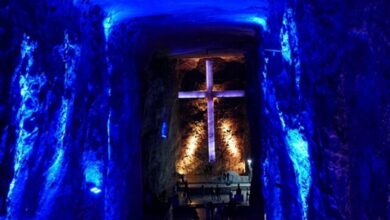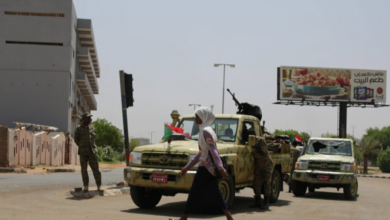Paraguay: Guaraní’s struggle to keep up with Spanish
Although this native language is widely used in homes, the Paraguayan government is launching campaigns to improve its image and place it on a par with Spanish

Guaraní is an indigenous language spoken by just over 10 million people in South America. It is one of the official languages of Paraguay and Bolivia, after it was included in the 1992 Constitution and the 2009 Constitution, respectively, although there are also people in Argentina and Brazil who speak it. Guaraní is the native language of the Guaraníes, an indigenous people native to the geographical area that includes much of Paraguay and its borders with Bolivia, Argentina, and Brazil, before the Spanish colony. The modern variant of the language enjoys wide use among non-indigenous people, as it is considered popular in the streets and homes, but not in the political sphere.
After centuries of subjugation, and even though for 25 years it has been an official language, many Paraguayans see Guaraní as a second-class language, below Spanish, but paradoxically the country's currency is called the 'guarani'. However, these dinamics have been changing. A wide group of intellectuals and politicians are trying to change the image of the language, remove its stigma, in an attempt to make the Guaraní be on a par with Spanish. "There is a stigma, a prejudice, associated with Guaraní," said Ladislaa Alcaraz, Paraguay's Minister of Linguistic Policies. "It was associated with poverty, rurality, ignorance, with people who are illiterate."
"There is a stigma, a prejudice, associated with Guaraní", said Ladislaa Alcaraz, Paraguay's Minister of Linguistic Policies. "It was associated with poverty, rurality, ignorance, with people who are illiterate".
A worthwhile fight
Since 2011, the Paraguayan government has established the Ministry of Linguistic Policies, whose central task is to normalize and promote the use of Guaraní in legislatures and courts, as well as in schools and colleges. There are even cases in which Paraguayan citizens have had trials in both Spanish and Guaraní. And for seven years ago, the image of the Guaraní has changed considerably. For example, 2017 was a crucial year, as the Ministry of Linguistic Policies implemented a plan to train officials in Guaraní.
Demographically, Guaraní is mostly more spoken in rural areas, which are the places where people who speak little or no Spanish live. Government figures indicate that two thirds of the nationals who live in rural areas speak Guaraní, while in urban areas only 33% speak it.
The effects of the proliferation and "improvement" of the Guaraní's value are slowly beginning to show its fruits among the civilian population. There has been a considerable increase in infant baptisms with Guaraní names, as well as businesses, billboards and markets that now have Guaraní names, including in commercial areas of Asunción, Paraguay's capital city.
Those who promote that the Guaraní one day will be on par in social and political importance in Paraguay, know that the road is long, but not impossible, and little by little, they see positive and exciting results.
Latin American Post | Juan Felipe Guerrero
Copy edited by Laura Rocha Rueda





